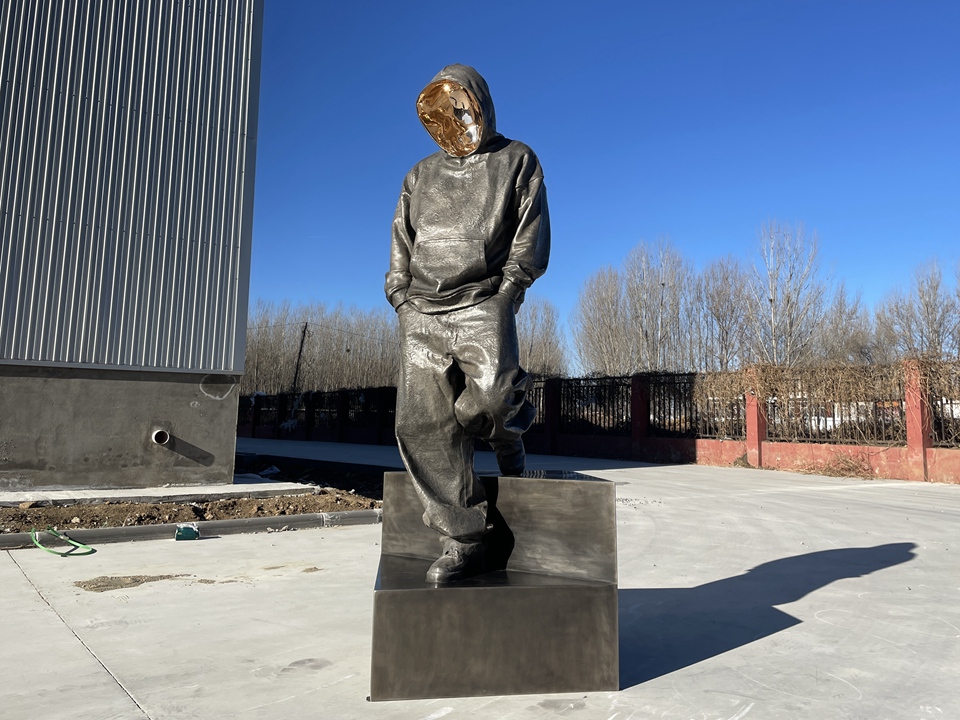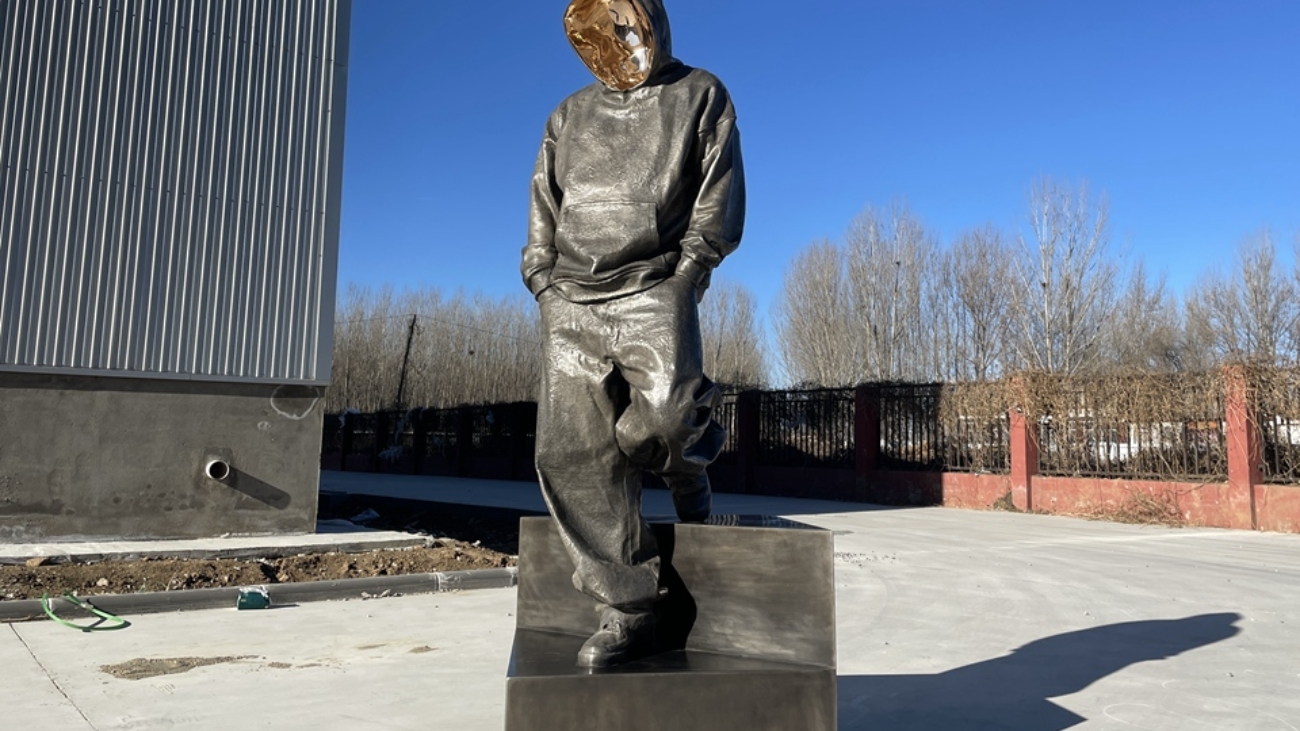A bronze sculpture foundry is more than just a space for artists and collectors to work; it’s a place where ideas create art that lasts. These specialized places use both old and new techniques to build sculptures that will last for a long time. They connect the idea of a design with a genuine piece of art. If you’re a budding artist trying to make your idea a reality or a collector commissioning a one-of-a-kind piece, knowing what a bronze sculpture foundry does can help make sure your project is both artistically and structurally solid. This guide talks about the new concepts, skills, and intricate processes that go into making modern bronze sculpture foundries.

The Main Job of a Foundry for Bronze Sculptures
A bronze sculpture foundry is a facility where sculptors, metallurgists, and other craftspeople work together to make metal art that seems real. These foundries are not like other metalworking firms since they only do lost-wax casting, which is a very old and labor-intensive method. An artist’s original model, which is commonly formed of clay, wax, or plaster, is the first step in the process. This model is what the final bronze sculpture is made from. After that, experts at the foundry construct a mold out of rubber or silicone for the small parts and a ceramic shell to keep them safe from very high temperatures.
When the mold is ready, they pour molten bronze, which is a mix of copper, tin, and other metals, into the empty space. When the ceramic shell has cooled, it is broken off, leaving a rough casting that is painstakingly pursued (to fix defects) and patinated (to acquire the right surface colors). What did it all come to? A bronze sculpture that finds a middle ground between what the artist wanted and the material’s natural strength.
Key Services Provided by a Bronze Sculpture Foundry
Modern bronze sculpture foundries offer a wide range of services that fulfill the needs of both artists and collectors.
- Custom Casting: Foundries may manufacture everything from little statues to big public artworks, depending on what the project demands. They assist you in picking the correct materials (such as silicon bronze for outdoor use and aluminum bronze for less weight) and make the framework stronger for big jobs.
2.Digital technology now works with old-fashioned methods, such as 3D scanning and printing. Foundries use 3D scanners to generate precise digital duplicates of real works of art. They can edit or duplicate the works without damaging the original. 3D-printed wax templates make it faster to make molds for patterns that are hard to make.
- Restoration and Conservation: Experts are often needed to repair old sculptures. Foundries mend broken castings, create new parts to replace lost ones, and reapply patinas to make the new parts look like the old ones. This protects the goods’ historical and monetary value.
- Prototyping and Testing: Foundries construct prototypes to test if the design is possible, how the weight is spread out, and how it appears before creating a number of copies. This back-and-forth process lowers risks and makes sure the finished sculpture meets expectations.
Why it’s good to know a lot about bronze sculptures Foundry
To cast bronze, you need to know both science and art. If you don’t manage the temperature, have the mold ready, or mix the metal just right, your sculpture could not turn out as well. This is why you need to have worked in a foundry:
Getting to know materials: Bronze behaves differently than other metals. Metal workers know that metals shrink when they cool, so they modify the molds to keep them from warping. They also know which patination chemicals make certain colors, including rich browns and verdigris greens.
Sensitivity to Art: A foundry doesn’t merely manufacture things; it also gives them meaning. Skilled craftspeople work closely with artists to grasp ideas and suggest adjustments that will make the structure stronger without affecting how it looks. For example, they can propose making the pieces thicker in places where they are weak so that they don’t break.
Safety and the Environment: There are severe safety rules for working with molten metal. Foundries that are trustworthy follow laws for worker health and safety and use ventilation systems and safety gear to keep workers safe. Many also put eco-friendly solutions first, such as recycling scrap bronze and producing less trash.
Fresh thoughts: Changing the foundries that make bronze sculptures
Even if it is built on tradition, the industry changes as technology gets better:
Electric induction furnaces replace gas-fired crucibles and let you set the temperature precisely right so that the quality of the metal stays the same. Electric furnaces are also better for the environment because they create fewer pollutants.
Computer-numerical-control (CNC) machines automate tasks that are done over and over, like trimming molds, to make sure that all castings are the same. This technology is great for making limited editions or limited series.
Some foundries use virtual reality (VR) to make it look like the casting process is happening. This helps artists preview how their creation will look in bronze before they actually manufacture it. This cuts down on waste and makes it easier to make judgments.
How to Choose the Best Bronze Sculpture Foundry
When choosing a foundry, you should carefully consider the size and goals of your project:
Check out the foundry’s past work to determine whether it meets your style, quality, and level of challenge. If you want classical representational sculptures, a foundry that only makes abstract modernist pieces might not be the ideal choice.
How to Talk: It’s very vital to work well together. Choose a foundry that values clear, regular updates and encourages artists to give feedback at all levels.
Following the rules and being certified: Make sure the foundry respects the standards for safety, the environment, and getting resources in a way that is fair.
Budget that is clear: Request a full breakdown of costs, including labor, materials, and any extras that may be needed. Avoid foundries that give you vague estimates or try to convince you to buy upgrades that you don’t need.
Bronze Sculpture Foundry: Using Metal Alchemy to Make Art Better
Bronze sculpture foundries have manufactured some of the most famous works of art in history, like reproductions of Michelangelo’s David and current public installations. They still push the frontiers today, using both old and new ways to serve a worldwide community of creators and collectors. You may be sure that your artistic vision will be carried out with the accuracy, beauty, and long-lasting quality that bronze needs when you engage with a qualified bronze sculpture foundry.
In a world where objects don’t last long, bronze sculptures show how creative and skilled people can be. No matter what you’re making—a family portrait, a community monument, or an avant-garde installation—the perfect bronze sculpture foundry can turn raw materials into a work of art that will last forever. Put your money into specialists and watch your ideas come to life in hot metal.



Add a Comment